Impressionism was a French artistic trend with an emphasis on painting that occurred at the time of the so-called “Belle Époque” (1871-1914).
This aspect played a very important role in the renewal of 20th century art, being the main driver of the so-called European avant-garde.
The term “Impressionism” is the result of criticism of a work by Claude Monet, ” Impression, sunrise “, from 1872.
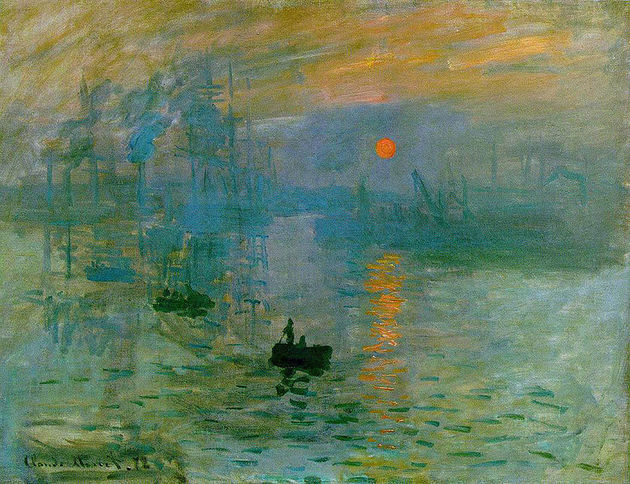
Impressionist painting
Painters of Impressionist art used to produce their canvases outdoors . The intention was to capture the shades that the objects reflected according to sunlight at certain times of the day.
This movement was a watershed for painting. Its artists were not attached to the teachings of academic realism.
However, they were influenced by the positivist currents of the second half of the 19th century, which stood out for precision and realism.
This new artistic style competed with academic productions. For this, there were places outside the traditional circuits of art, as was the case with the Salons , where Impressionist painters held exhibitions displaying their canvases.
It is worth mentioning that Impressionist aesthetic orientations are present in graphic productions, advertising and other forms of mass communication. Until today they continue to influence new aesthetics.
Impressionist works
We selected some works that are icons of the impressionist movement. Check out:
1. Lunch on the Grass
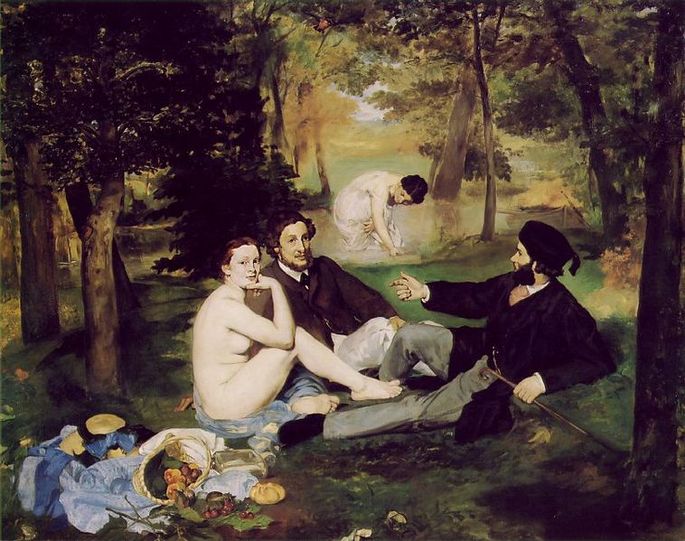
This is a painting by Édouard Manet, completed in 1863. The original title is Le Déjeuner sur l’herbe . The scene caused strangeness and controversy at the time by showing a naked young woman between two men.
2. Boatmen’s lunch
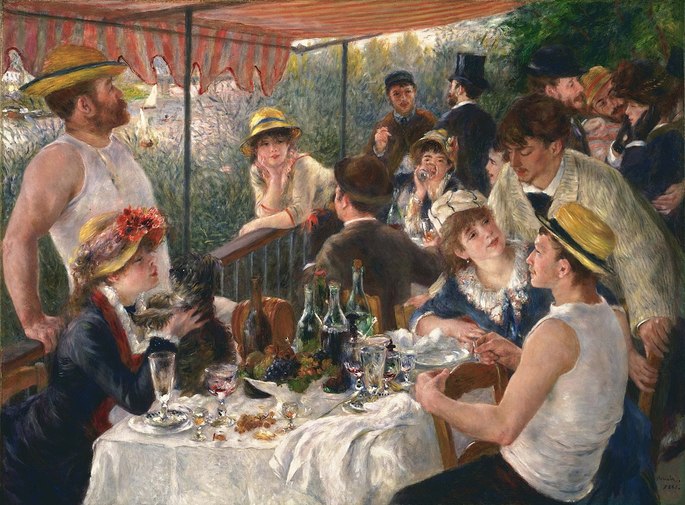
This is a work by Pierre-Auguste Renoir made in 1881, and depicts a group of friends. Its original title is Le Déjeuner des canotiers .
3. Water lily painting series

This work is part of the series of canvases that the painter Claude Monet created between 1914 and 1926 representing the garden of his house. The paintings were made in the last years of his life.
Characteristics of Impressionism
- recording the color tones that the sunlight produces at certain times;
- figures without sharp contours;
- luminous and colorful shadows;
- mixtures of the paints directly on the canvas, with small brush strokes.

Impressionist painters sought to reproduce the shadows in a bright and colorful way. The starting point was the composition of visual effects to fix the instant , just like the visual impression they make on us.
Therefore, the black tint is avoided in full Impressionist works. Similarly, the presence of contrasts and luminous transparencies help in the fading of the form, now perceived without contours.
The Impressionists abolished historical and mythological as well as religious themes, looking for fleeting everyday moments .
In addition, they sought an artistic expression that was focused on the impressions of reality to the detriment of reason and emotion.
As they perceived the source of the colors in the sun’s rays, they sought to capture the change in their angle and the implication of this in the change of colors. They also tried to make chromatic mixtures on the canvas itself, fixing the paints in small patches of color.
That’s because the light for the impressionists built the shape, captured the same landscape at different times of the day and in the various seasons of the year.
Main artists of Impressionism
In the original group of impressionist painters were:
- Édouard Manet (1832-1883)
- Alfred Sisley (1839-1899)
- Camille Pissarro (1830-1903)
- Edgar Degas (1834-1917)
- Auguste Renoir (1841-1919)
- Claude Monet (1840-1926)
It is worth remembering that the artist Manet is also considered a painter of the so-called Realism .
Impressionist Women
Although little was said about women in art history, some were also expressing themselves artistically. In impressionism, there was a female presence not only as models, but also as painters. We can name some names, such as:
- Berthe Morisot (1841-1895)
- Mary Cassatt (1844-1926)
- Eva Gonzalès (1849-1883)
- Lilla Cabot Perry (1848-1933)
Impressionism in Brazil
After being consecrated abroad, Impressionism arrives in Brazil. At that moment, nationalism is constituting a “Brazilian School of Arts”, so it didn’t have much impact at first.
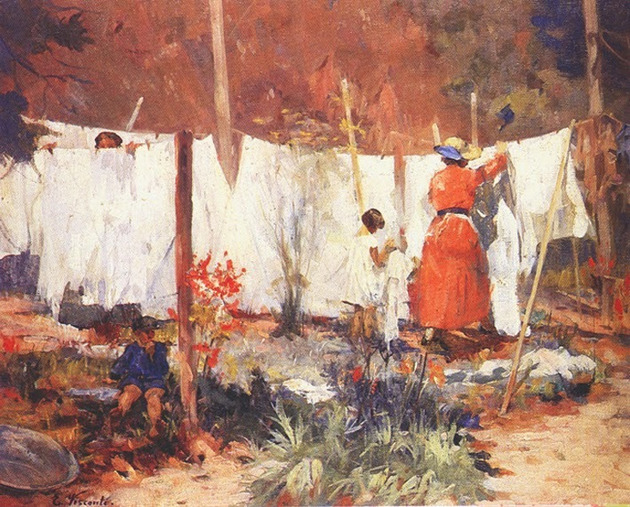
In Brazil, the Italian Eliseu Visconti (1866-1944), based in the country, is the most important representative of impressionism. Currently, there is also the painter Washington Magueta (1942).
We also noticed impressionist tendencies in the works of Almeida Júnior (1850-1899), Anita Malfatti (1889-1964), Georgina de Albuquerque (1885-1962) and João Timóteo da Costa (1879-1932).
Impressionist Music
Impressionist music is characterized by sensual and ethereal atmospheres, which seek to portray images, especially natural landscapes.
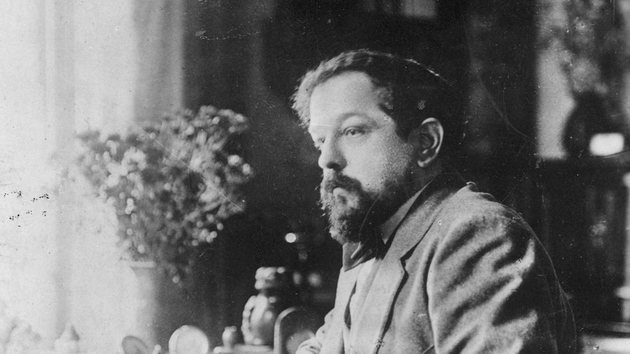
It emerged as an opposition to romantic music and explored the dissonance and hexafonic scales, in addition to shorter compositions.
We can cite as French impressionist composers Claude Debussy (1862-1918), Maurice Ravel (1875-1937), among others.
Impressionist Literature
Impressionist literature focused on the description of impressions and psychological aspects of the characters. Thus, details are added to constitute the sensory impressions of an incident or scene.
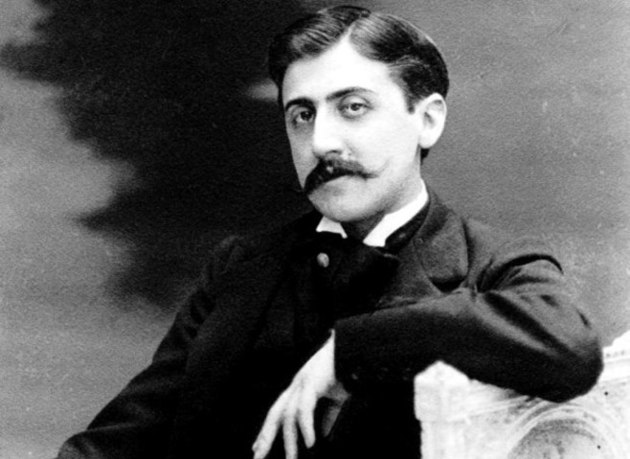
Impressionist literature is characterized by the appreciation of emotions and sensations, the importance of memory, with the search for a time that no longer exists and the focus on individual feelings.
The French Marcel Proust (1871-1922) and the Brazilians Graça Aranha (1868-1931) and Raul Pompeia (1863-1985) stand out as impressionist writers .
Impressionism and Photography
The advent of photography allowed painters to break free from the figurative function of the image.
Thus, they began to experiment with new techniques, taking into account the optical effects discovered on the composition of colors and the formation of images on the observer’s retina.
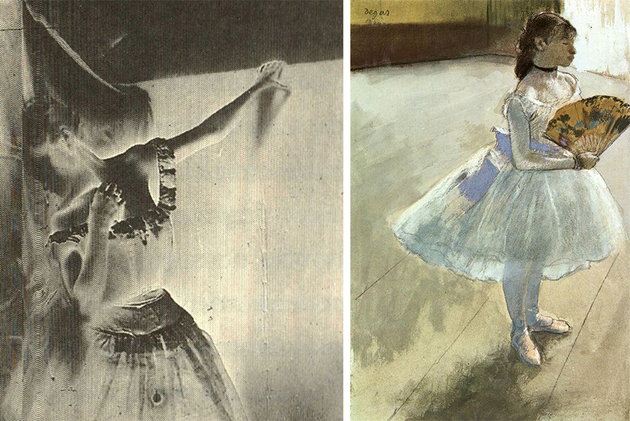
This allowed the exploration of new aesthetic parameters, emphasizing light and movement. In addition, painters were also influenced by the photographic language with regard to framing and spontaneity.
And there were still some painters who were also experimenting with photographic techniques, as was the case with Edgar Degas.
The first exhibition was organized in 1874 in the studio of photographer Maurice Nadar to exhibit the experimental works of young painters.
Impressionism and Post-Impressionism
Post-Impressionism is an artistic trend that emerged in the late 19th century, more precisely from 1886 – when the last Impressionist exhibition took place – until the emergence of Cubism.

In this exhibition, two painters participated – Georges Seurat (1859-1891) and Paul Signac (1863-1935) – with works that presented a new type of brushstroke. This innovative way of painting became known as Pointillism , in which the ink is deposited on the canvas in small spots, completely fragmenting the image.
Although inspired by impressionism, post-impressionist art reveals concerns about human subjectivity. In other words, the works of that period express emotions and feelings.
This art is different from Impressionist art, which is marked by the “superficial” aspect of the reproduction of reality, leaving aside denser looks at human existence.
In addition, post-impressionists sought other ways of working with color, light and the concepts of three-dimensionality.
In post-impressionist art, the following are noteworthy: Cézanne , Gauguin, Van Gogh , Seurat, Signac and Toulouse-Lautrec.
